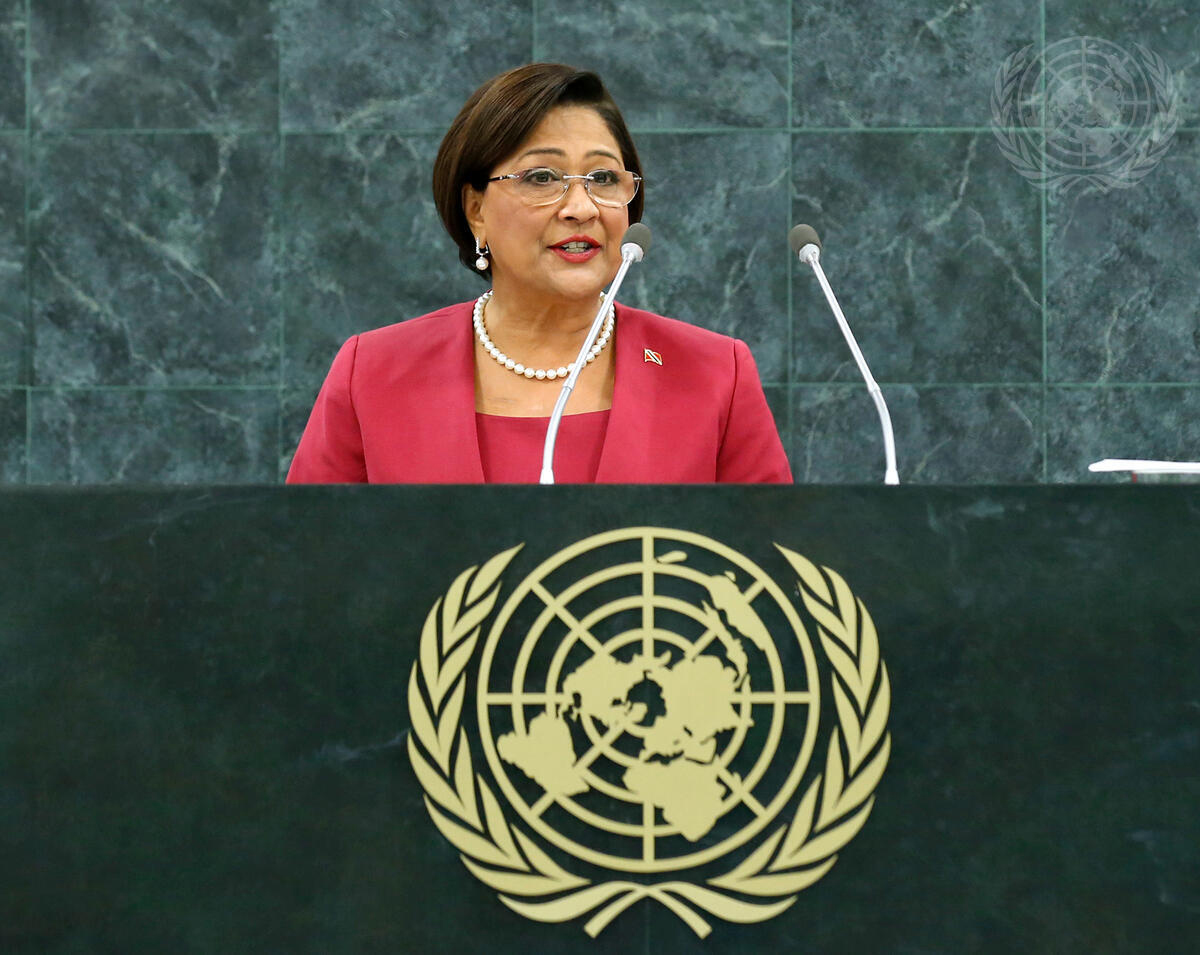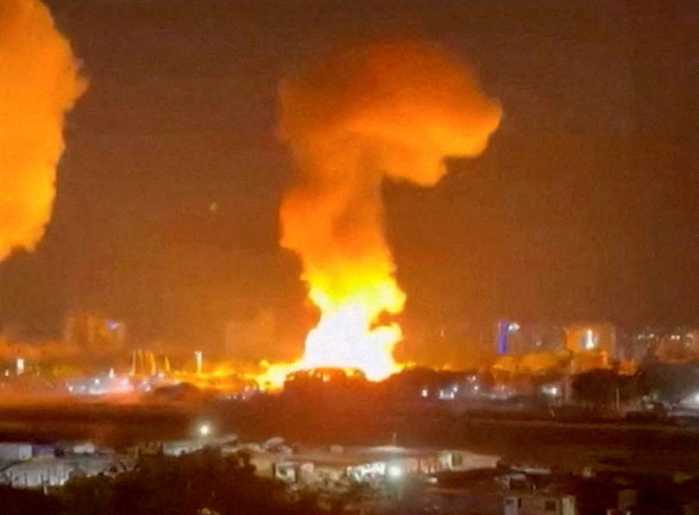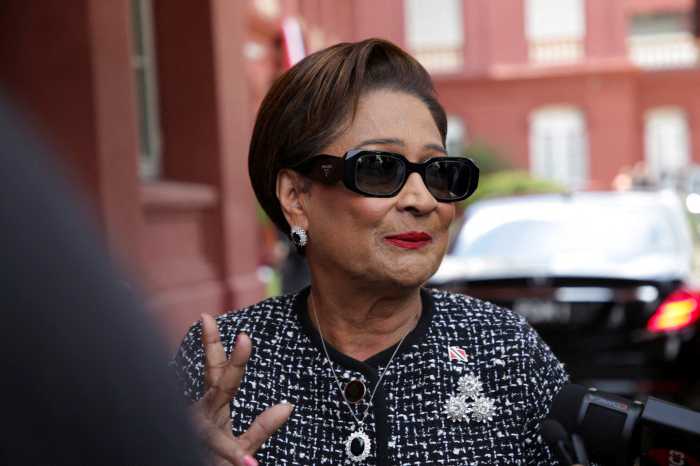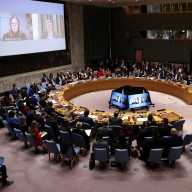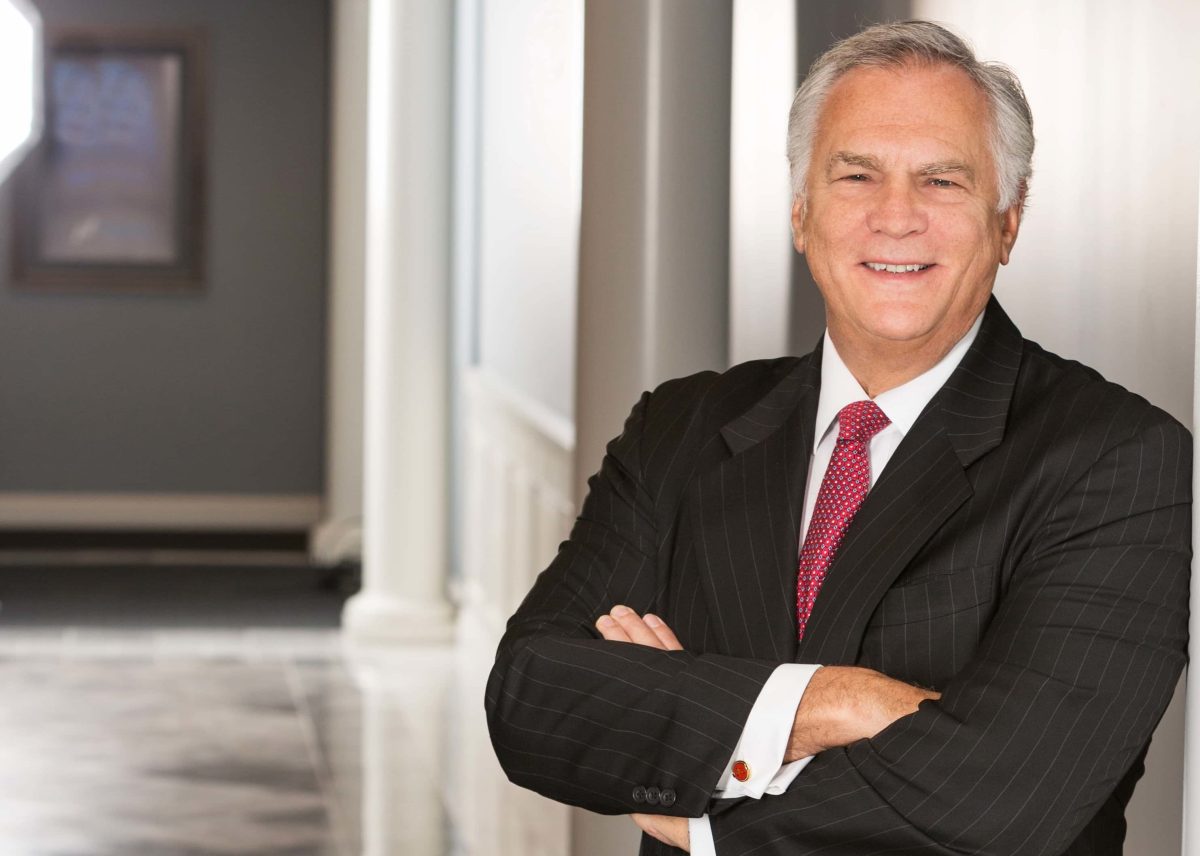US supermajor ExxonMobil is one of the world’s largest and most successful oil companies. It has billion-dollar investments in multiple areas and is usually hailed for its prowess as perhaps the best in offshore exploration among its peers.
On Tuesday, the company announced its intended return to Trinidad after a 20-year-plus hiatus to explore for oil and gas in seven ultradeep blocks off the island’s east coast in waters up to 3,000 meters deep.
If successful in producing commercial quantities of oil and gas, Trinidad could be on the way to returning as one of the Caribbean Community’s leading oil and gas producers, a revival that could help it return to its glory days of recent decades.
Daily production has fallen badly in the twin island republic with Tobago in recent years to just over 54,000 barrels per day, compared to nearly 300,000 in the 1970s and 1980s. A decade ago, the daily tally had fallen to 78,000 as shallow and near-coastal wells dried up.
Now, Prime Minister Kamla Persad Bissessar says that the country could be on the cusp of a major economic revival if a major oil and gas find occurs in the coming years.
“For the first time since 2003, ExxonMobil is returning to Trinidad & Tobago. We agreed on a prudent phase plan to explore a newly defined ultra-deepwater area, known as USD1, seven blocks of the east coast of Trinidad, 2,000 to 3,000 meters deep. My government will host the largest publicly traded oil and gas company in the world – right here in T&T – and we will sign a multi-billion dollar agreement for ultra-deep sea drilling in our territorial waters. That area has remained unexplored forever and now they carry enormous potential for capturing petro carbon resources. In plain terms, this represents a significant new frontier that can supply our energy and petrochemical plants, create good jobs, embrace and enhance our foreign exchange reserves,” the PM noted.
For Trinidad, Exxon’s move into the country is timely and helpful. The company is the lead operator in the Stabroek Block in neighboring Guyana, where it will soon increase production from around 650,000 barrels daily to around 900,000 with the recent commissioning of a fourth offshore oil field.
John Adrill, Exxon’s vice president of Global Exploration, says the Guyana experience of producing its first oil from discovery in mid-2015 to actual production in late 2019 will be replicated if hydrocarbons are discovered.
“Throughout this experience, ExxonMobil has really learned a lot about the Caribbean offshore geology, and that’s what’s positioned us to move very quickly here in T&T. Our plan and my commitment to you is to bring that experience to benefit the people of T&T, and we see great potential to replicate Guyana’s success here.”
Negotiations for the deal have been ongoing since last year. If an offshore find is successful, the company could invest up to US$21.7 billion, officials said.


